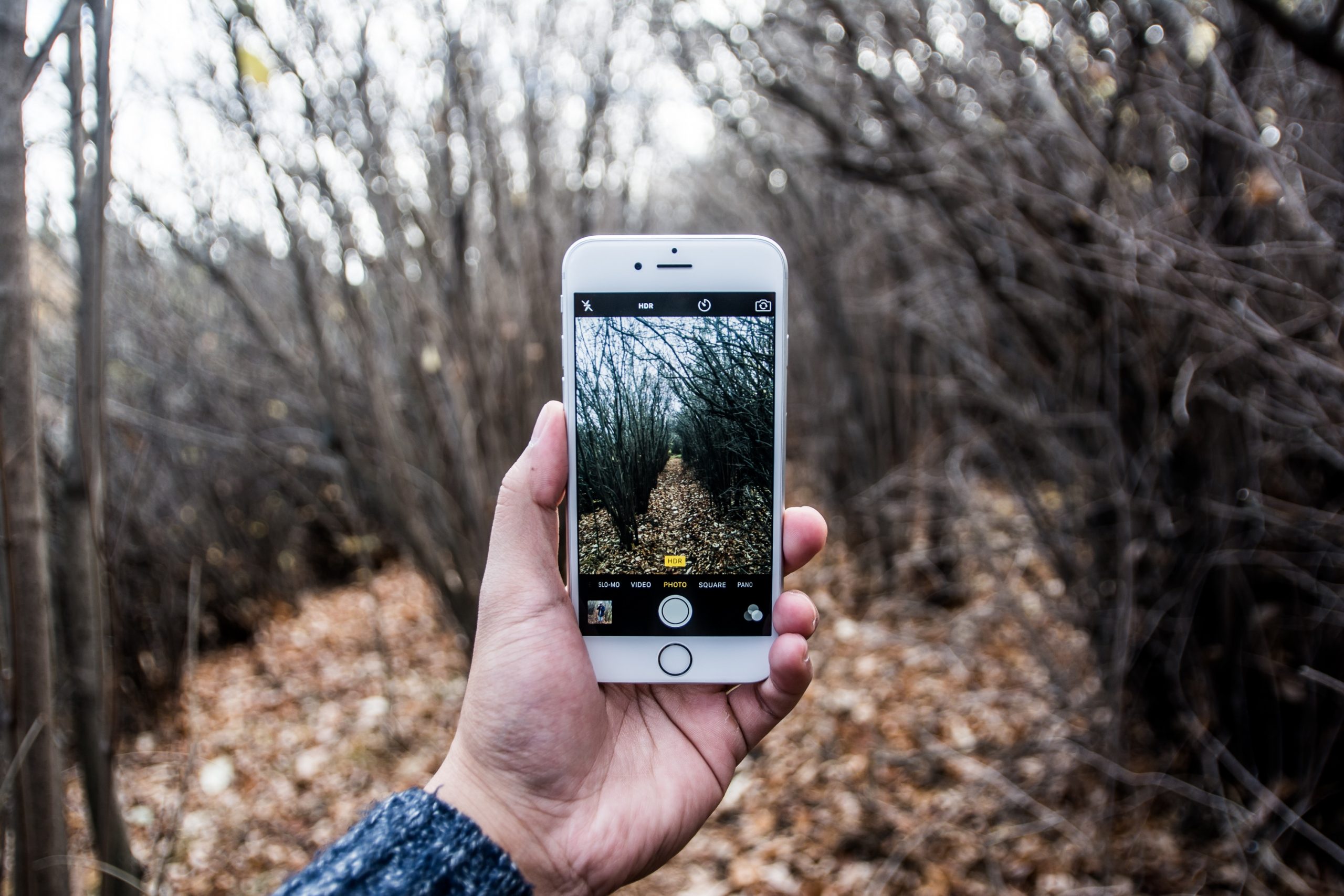Earlier this month, the iPhone turned 10 years old and, in the last decade since its unveiling, the technological landscape has changed beyond recognition.
It is hard to overemphasise the importance of Apple’s smartphone brand – even though it was not, in fact, the first so-called ‘smartphone’ on the market. Nokia, Motorola, and Samsung had all made relatively ‘smart’ phones before 2007, but none of these initial devices went on to make waves in the same way.
Part of iPhone’s early success is owed to its capacitive display. Whereas other manufacturers had somewhat clumsily adopted touchscreens which required the use of a stylus, keyboard or traditional keypad to function, Apple took the iPhone to the next level with a large (for the time) multi-touch display, which required nothing more than the stylus we were born with: our fingers. That it was met with hesitance on release boggles the mind in hindsight.
Part of Apple’s ethos across its products has been ease of use for the user, and by removing the need for extraneous peripherals, iPhone became a far less overwhelming device than the competition and was instead an accessible, efficient accessory that even technophobes were able to embrace. It felt like an extension of our arms.
The iPhone was a device that would simplify your life, not make it harder.
Apple’s streamlined user experience enabled iPhone’s acceptance by the masses rather than just smaller tech-savvy groups. It shaped the direction of technological innovation over the following decade, influencing competitors such as Android to fuel a long-standing rivalry which has undoubtedly pushed both operating systems towards further innovation through competition, which benefits the user.
The iPhone has steadily improved its capabilities over the years since the original.
In 2007, iPhone released with a 3.5-inch display and without an app store or the ability to copy and paste. Not a big deal for a phone at the time, but these would become smartphone staples over the next decade. 10 years on, and iPhone has a camera that rivals some DSLRs, an app store that boasts over 2.2 million applications, a 5.5-inch display, and almost every trick you might expect from a computer.
The original iPhone initiated the smartphone revolution, which eventually put powerful computers in the hands of two billion people. We live in the Social Media Age, and while Facebook and its ilk have changed the way we communicate with each other on a mass scale, iPhone led the charge to the first compelling devices that would allow us consistent access to those tools in the first place.
With competitors making equal strides in the market, Apple needs to stay on its toes. While many would argue that recent iterations of iPhone have underwhelmed, Apple is rumoured to be planning big things to celebrate its 10th birthday later this year.
Remember where we were 10 years ago and imagine the possibilities a decade from now. After all, we have selfies now, and surely the smartphone is to thank for that, too.
Image: Redd Angelo

